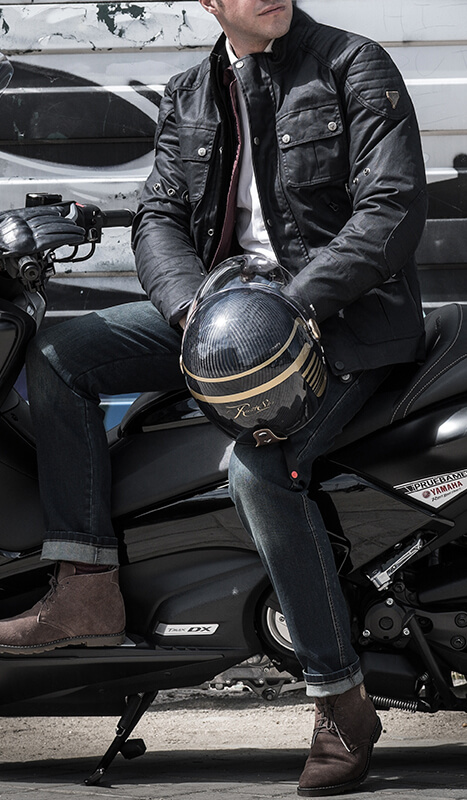One of the keys to getting the most out of a motorcycle is to know its controls well. Knowing where the motorcycle controls are is as important as knowing what they're for.
In this article, we will help you get to know the controls of a motorcycle. If you're thinking of buying a motorcycle, this article will help familiarize you with the motorcycle controls before you use it.
What are the controls of a motorcycle?
The most important motorcycle controls are those related to the throttle, clutch, and brakes. These controls serve the same purposes as the main controls of any vehicle as they are needed for the motorcycle to run smoothly. On the other hand, other important controls that we should know about are those related to indications, such as lights and the horn. Beyond these controls, there are others related to starting, speed control, or mirror adjustment, although this can depend on the motorcycle model.

Where are the motorcycle brakes located? How do they work?
The brakes on motorcycle controls are located in one place or another depending on whether it's the front brake or the rear brake. As you can imagine, each of these brakes serves to stop a specific wheel.
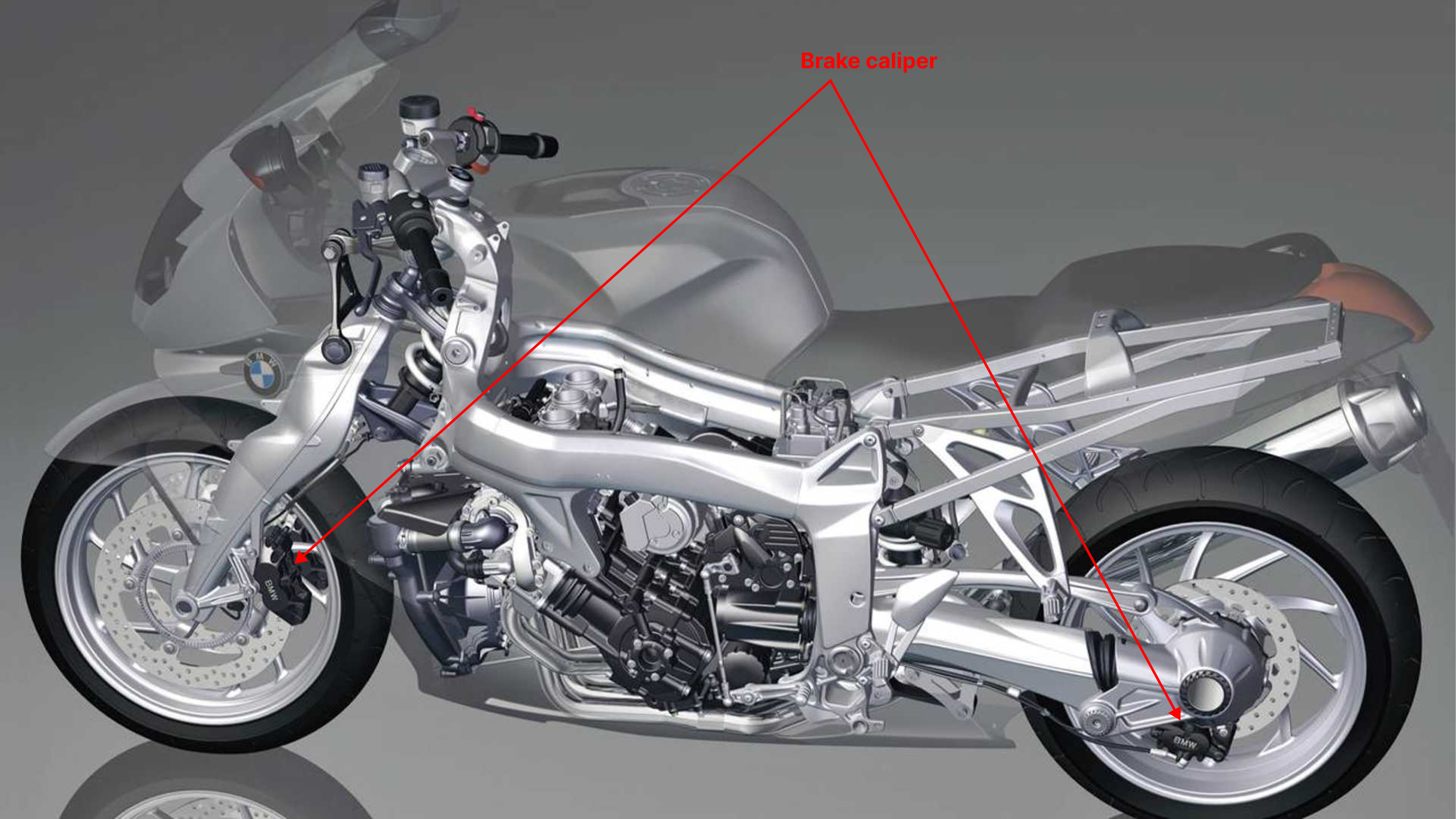
The front brake is usually found on a lever located on the right handlebar grip. This lever is connected to a hydraulic system through which the brake pads are pressed against the front wheel's brake disc to slow it down.
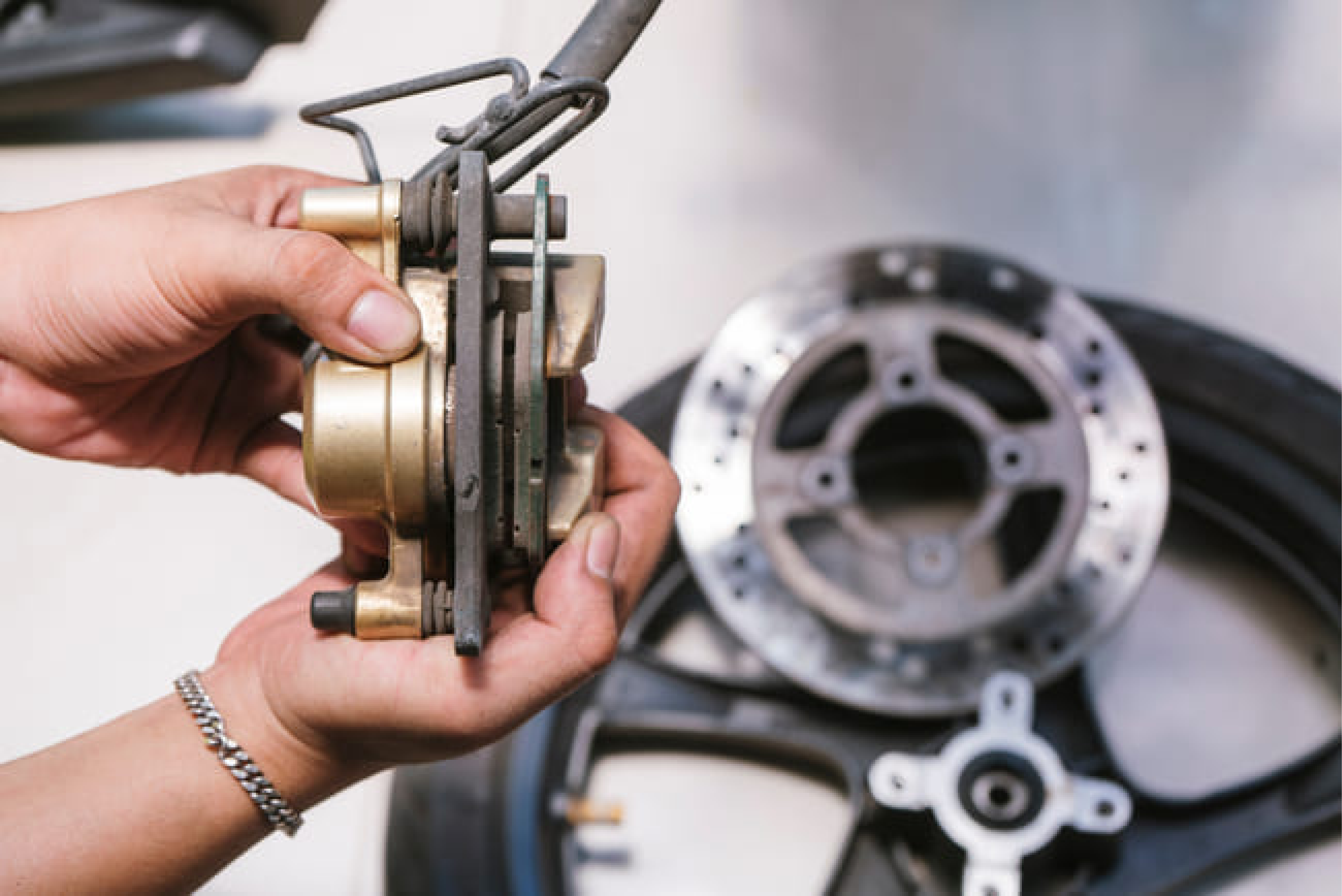
The location of the rear motorcycle brake is different and can vary depending on the motorcycle. The usual location is a lever on the left handlebar grip, but there are also models that activate the rear brake through a pedal located on the right foot.
The operation of the rear brake is the same as the front one, meaning a hydraulic system presses the brake pads, thus slowing down the motorcycle's rear wheel.
Where is the clutch located?
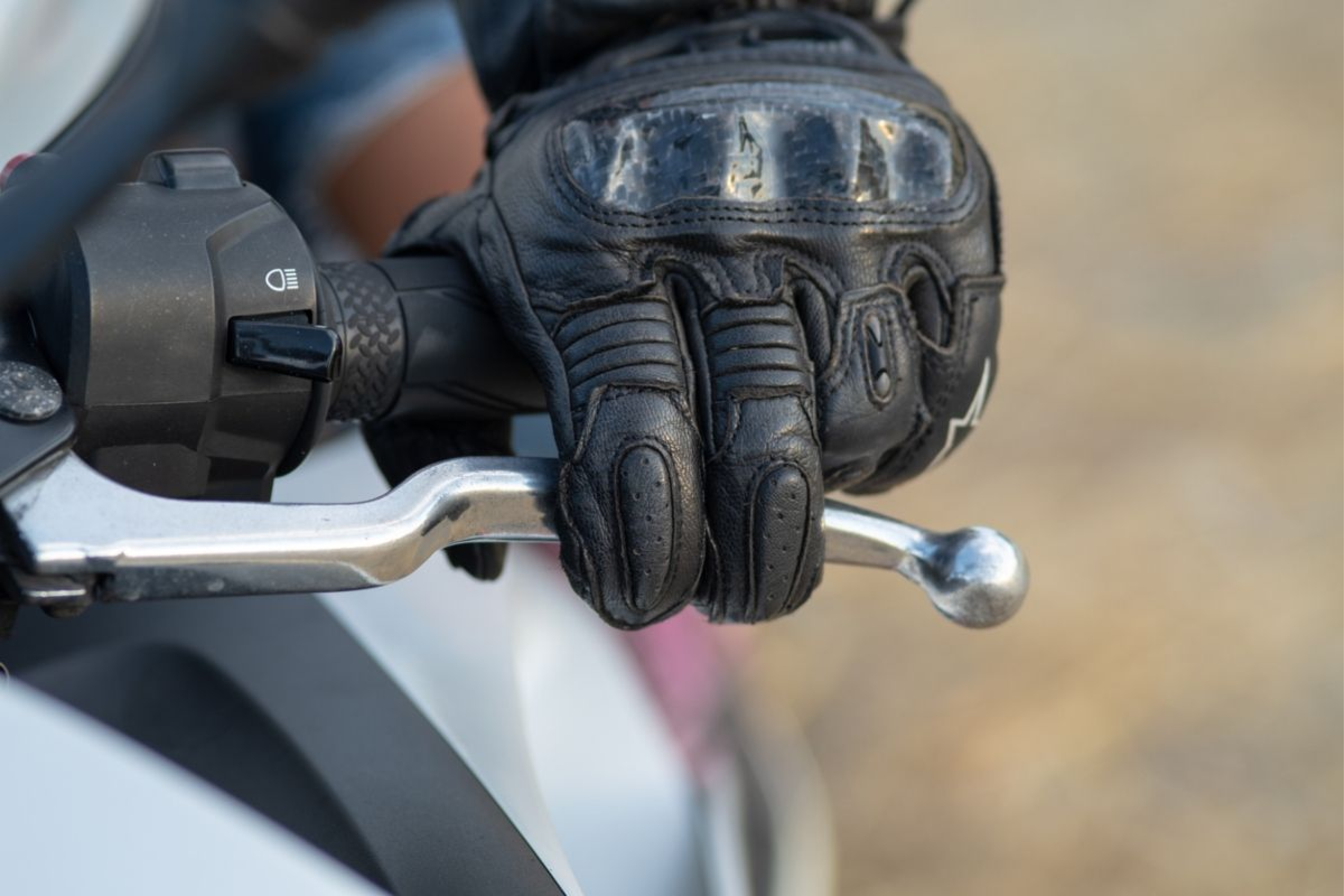
Another of the most important motorcycle controls is the clutch. In this case, the motorcycle's clutch is located on the left lever, very close to the hand for easy gear changes, as the gear selector is located on the left footpeg.
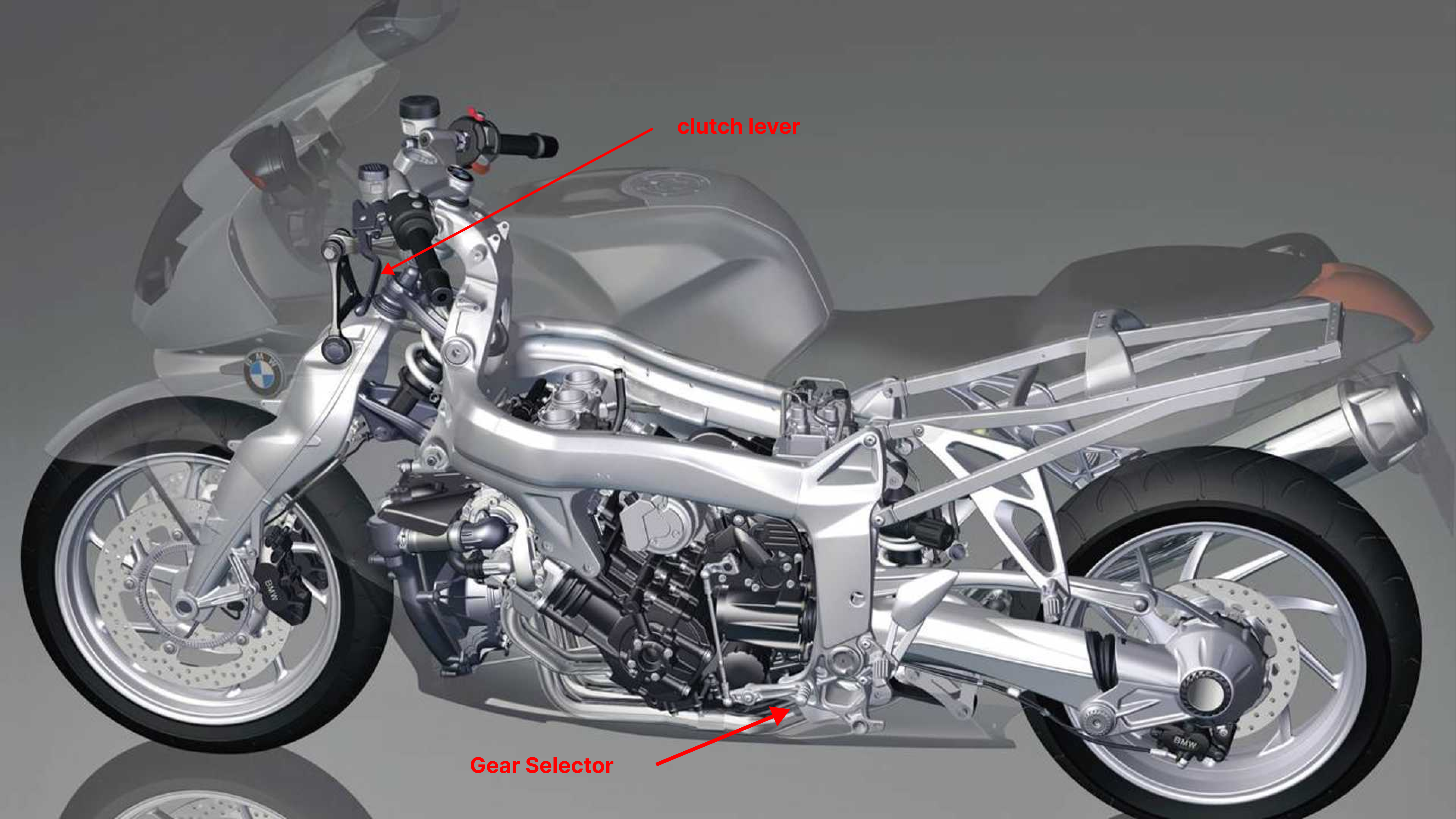
However, it's important to note that this control location can change depending on the motorcycle's clutch model. When it comes to a manual clutch, the location on motorcycle controls is the one mentioned on the left lever. But when it's automatic, the clutch is incorporated into the system.
Where are the lights on a motorcycle?
Another vital motorcycle control is the lights, and they are typically found on the right grip. On this grip, you will find controls for position lights, high and low beams. In addition to this, there's usually also the turn signals.
On the left side, you'll find the switch that provides light flashes and, next to it, the horn. This way, you can activate the light flashes with the index finger and the horn with the thumb.

Final tips
One of the best tips we can give you when getting on a motorcycle is to familiarize yourself with its controls before you start riding. If this is your first time riding a motorcycle, it's a completely new experience for you, and if you're an experienced rider, the control placement may vary depending on the model.
When using the motorcycle brakes, the difference from a four-wheeled vehicle is quite evident. Here you have a front and a rear motorcycle brake, with the front one providing more braking power, but the rear one maintaining balance.
When you use the motorcycle brakes, it's best to use them gently and gradually; never use them abruptly because you could lock the wheels and, therefore, lose balance more easily. When braking in a curve, we recommend that you brake before entering it to not lose control of the motorcycle.
Lastly, remember that motorcycle controls are very delicate, so it's important to handle them with care, don't use excessive force, and, of course, prevent the motorcycle from falling to avoid potential damage. Clean the controls regularly and keep them in good condition.
It's important to lubricate the movable parts of the controls with oil or light grease to ensure they operate correctly. Of course, if you can adjust them, try to do so for the most comfortable riding experience possible.
